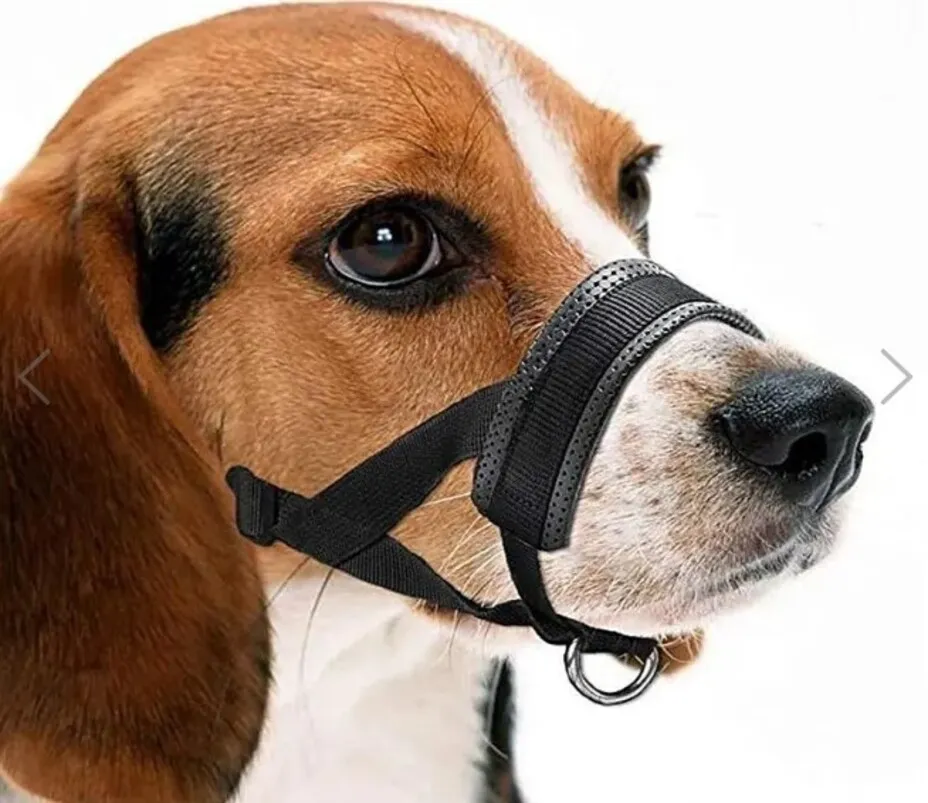When Do Dogs Get Those Distinguished Gray Muzzles? Understanding Age-Related Changes in Our Canine Companions

When Do Dogs Get Those Distinguished Gray Muzzles? Understanding Age-Related Changes in Our Canine Companions
Our beloved furry friends age just like us humans, and one of the most noticeable signs is the emergence of distinguished gray fur, often starting on the muzzle. But when exactly do dogs start to turn gray, and is it just a cosmetic change, or are there other signs of aging we should be aware of?
The Silver Lining of Aging: When Gray Fur Arrives
The good news is that a graying muzzle is a natural part of the aging process for most dogs. Just like humans get wrinkles and hair turns white, canine melanin production slows down as they get older, leading to the growth of gray or white fur. The average timeframe for this to begin is around 5-8 years old, but it can vary depending on several factors:
- Breed: Certain breeds, like Schnauzers and poodles, are known for getting their "salt and pepper" look much earlier.
- Color: Black and dark-colored dogs tend to show graying sooner than lighter-colored pups.
- Genetics: Just like with humans, individual doggy genes play a big role in when they might start showing signs of aging.
More Than Just Gray: A Spectrum of Senior Signs
While a gray muzzle is a telltale sign of aging, it's important to be aware of other potential changes in your senior dog:
- Reduced Energy Levels: Those playful zoomies might become less frequent, and your dog might seem more content with shorter walks or calmer playtime.
- Joint Stiffness: Arthritis is a common complaint in older dogs. You might notice them having trouble getting up or down stairs, or seeming stiff after periods of rest.
- Vision and Hearing Changes: Cloudy eyes or cataracts can affect vision, and hearing loss can become more pronounced.
- Dental Issues: Regular dental care is even more important for senior dogs, as tartar buildup and gum disease can worsen with age.
- Weight Fluctuations: Both weight gain due to reduced activity and weight loss from muscle loss can occur in senior dogs.
- Behavioral Changes: Increased anxiety, confusion, or changes in sleep patterns can sometimes be signs of cognitive decline in older dogs.
Keeping Your Senior Companion Happy and Healthy
As your dog ages, it's important to adjust their care routine to keep them happy and healthy. Here are some tips:
- Schedule Regular Vet Checkups: Early detection and treatment of age-related conditions can significantly improve your dog's quality of life.
- Adjust Exercise: While staying active is important, tailor walks and playtime to your dog's abilities. Opt for gentler activities like swimming or short walks.
- Prioritize Dental Care: Regular brushing and professional cleanings can help prevent dental problems.
- Maintain a Healthy Diet: A diet formulated for senior dogs can provide the right nutrients for their changing needs.
- Create a Comfortable Environment: Provide soft bedding, ramps to navigate furniture, and keep their favorite spots easily accessible.
Embrace the gray muzzle! It's a badge of honor, signifying the special bond you share with your beloved canine companion. By being attuned to the signs of aging and making adjustments to their care, you can ensure your senior dog enjoys their golden years to the fullest.
In Same Category
- Do Dogs Dream? Unveiling the World of Canine Slumber
- Woof Wonder: Is Your Dog at a Healthy Weight? Top Tips to Know!
- Itchy Situation? Dealing with Fleas on Your Pets
- 10 Ways Life Is Better When Shared with Pets: Embracing the Joy of Companionship
- Embracing the Charm of Doggos: A Celebration of Canine Companionship





Comments
No comment at this time!
Leave your comment